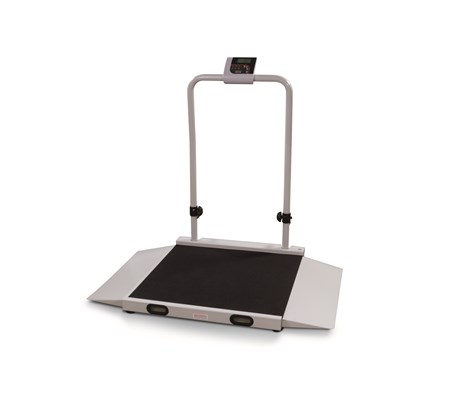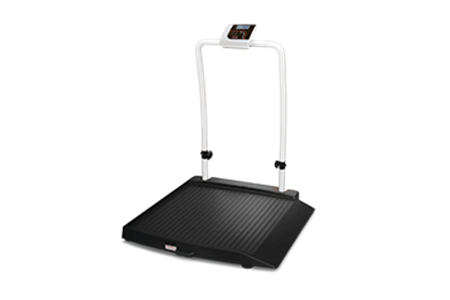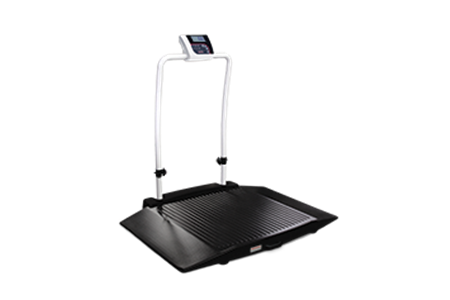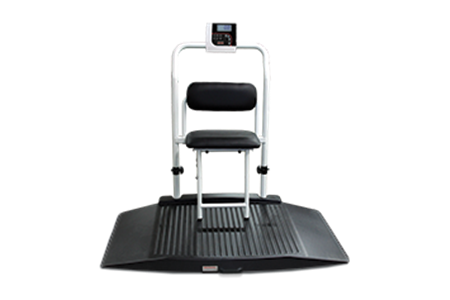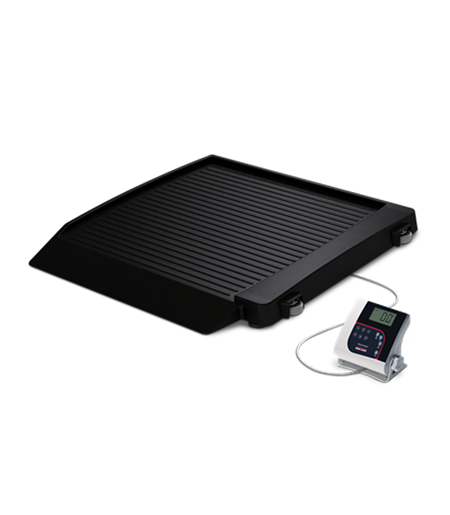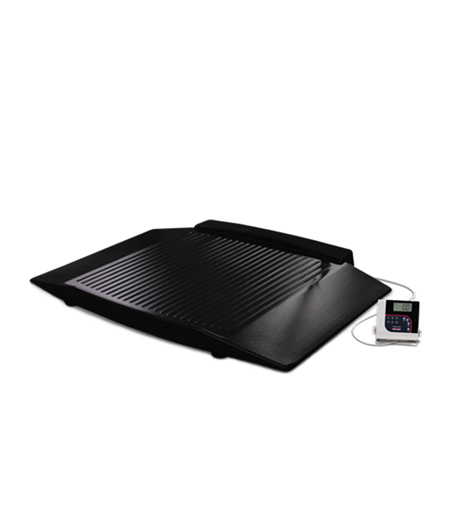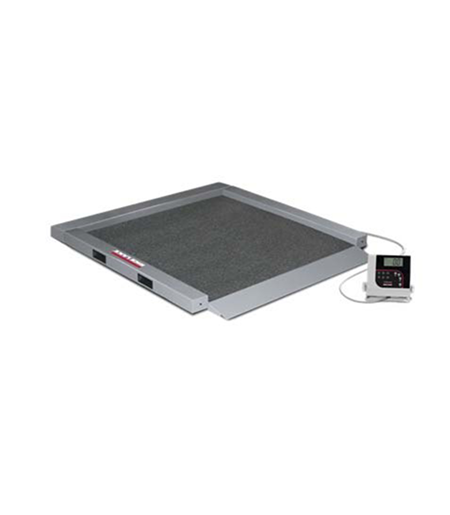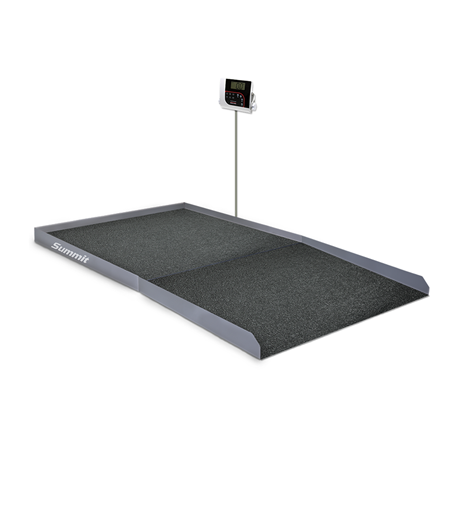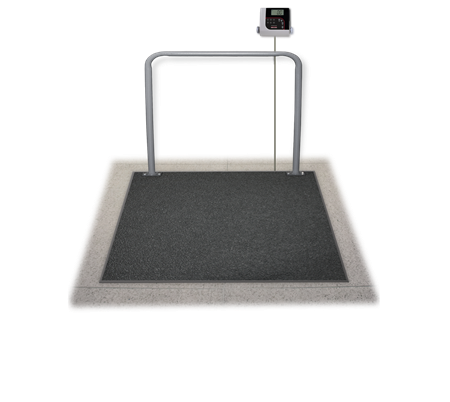Is the website displaying in the correct language? Please confirm or select a different language.
Your region has been set automatically. Please confirm or select a different region.
Wheelchair Scale Best Practices
Weight is recorded in medical environments to ensure patients receive proper diagnosis, dosing and overall care. However, some patients may require scales with increased accessibility, making it necessary to equip healthcare facilities with a variety of scale models. Wheelchair scales provide a safe and efficient solution for weighing patients with limited mobility.
Setting Up Your Wheelchair Scale
Prior to weighing a patient, your wheelchair scale should be properly set up to ensure accuracy. This includes placing your scale on a flat surface, as any carpeting or other uneven surfaces may cause weight to be unevenly distributed on the scale.
A wheelchair scale should also be kept clear of debris and obstructions. If dirt or other miscellaneous objects are trapped under the scale, there may be pinching or binding of the load cell, preventing the scale from sensing weight properly.
The scale should also have plenty of space surrounding it. Leaning a scale against a wall or placing it too close to a wall may negatively influence the weight and prevent the scale from providing accurate weight readings.

Preparing to Weigh Your Patient
It is also important to know how to use a wheelchair scale properly, including the tare function that allows you to “remove” the weight of wheelchairs, oxygen tanks and other accessories from the total weight displayed. Before weighing, you should place your patient’s empty wheelchair on the scale and push the tare button, which will reset your scale’s display to zero. Once the display reads 0.00, your scale is ready to weigh your patient in their wheelchair, and it will only display the patient’s weight, not that of the wheelchair or other accessories.
Keeping Your Patients Safe
Several practices should be followed while weighing to ensure patient safety. First, patients should never be left at a wheelchair scale unattended, as they may begin to move without assistance and get hurt. Wheelchair brakes should also be set as soon as the patient is on the scale. This will allow for more stable weighing and make the process much simpler for both you and your patient.
Rice Lake Wheelchair Scales
Rice Lake offers an extensive line of Healthweigh® wheelchair scales, including portable wheelchair scales, dual ramp scales, wheelchair scales with folding chairs and handrail scales. Each wheelchair scale is built to weigh safely and accurately, designed with Motiontrap™ movement compensation technology and keyboard tare to reduce errors. Easily maintain, move and store Rice Lake wheelchair scales thanks to built-in wheels, handles and a foldable design. Contact your medical supply distributor or a Rice Lake health scale expert for more information about Healthweigh scales.




 My Account
My Account
